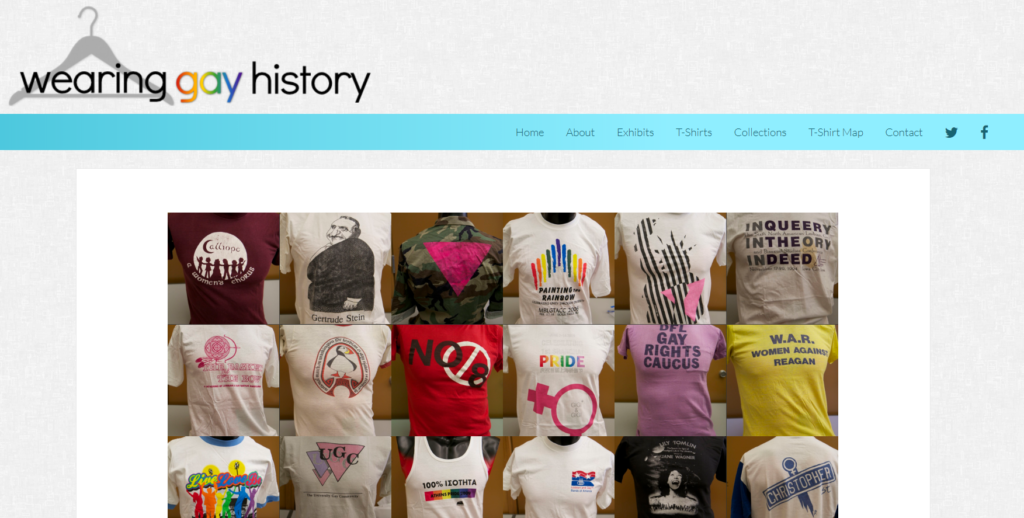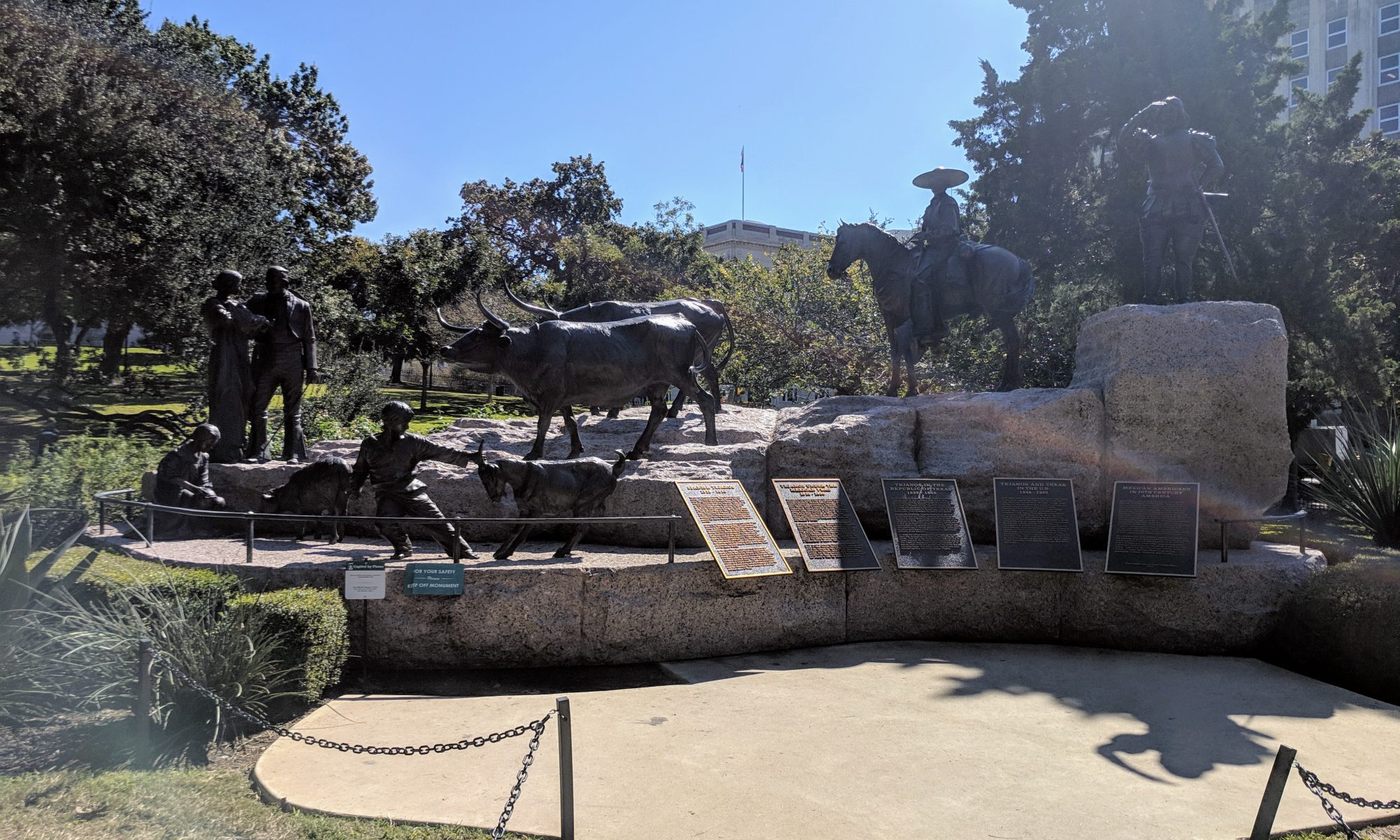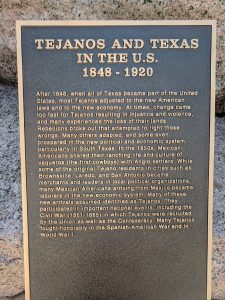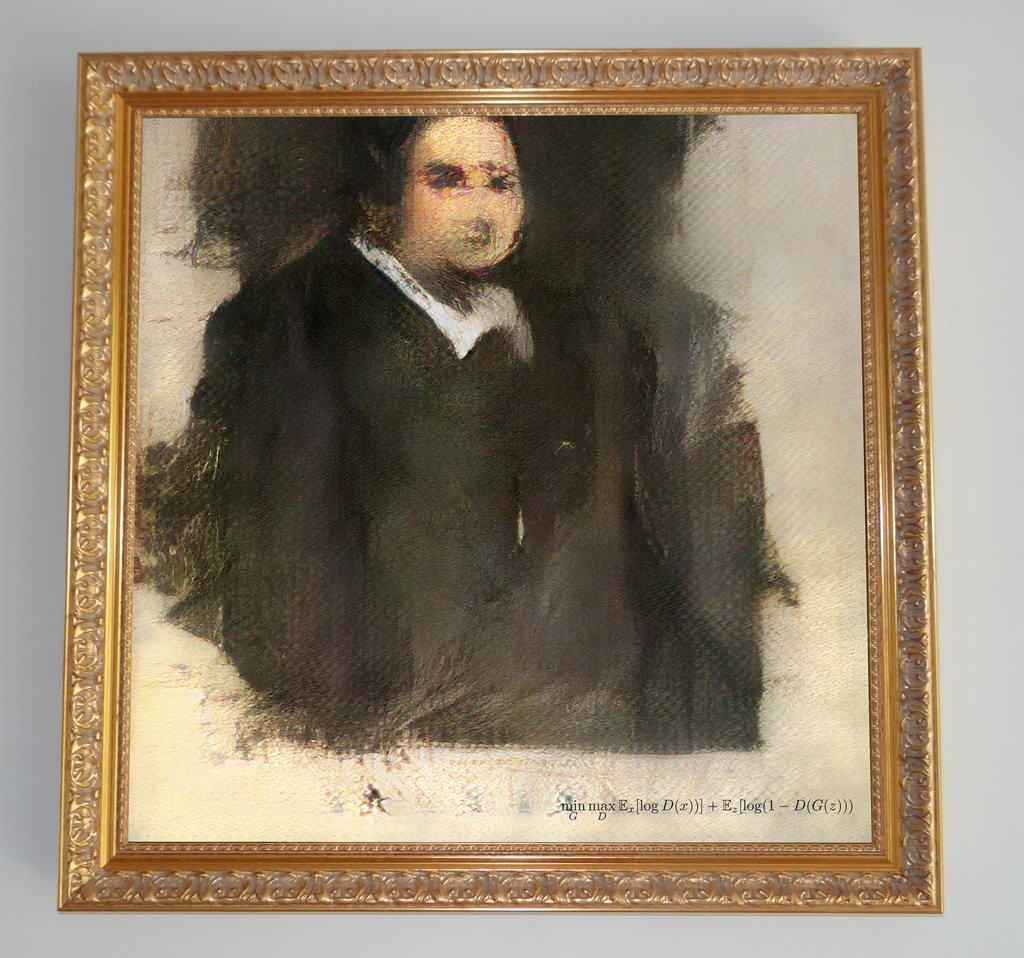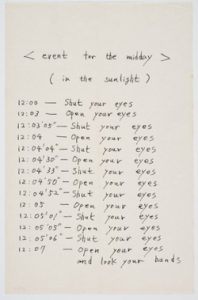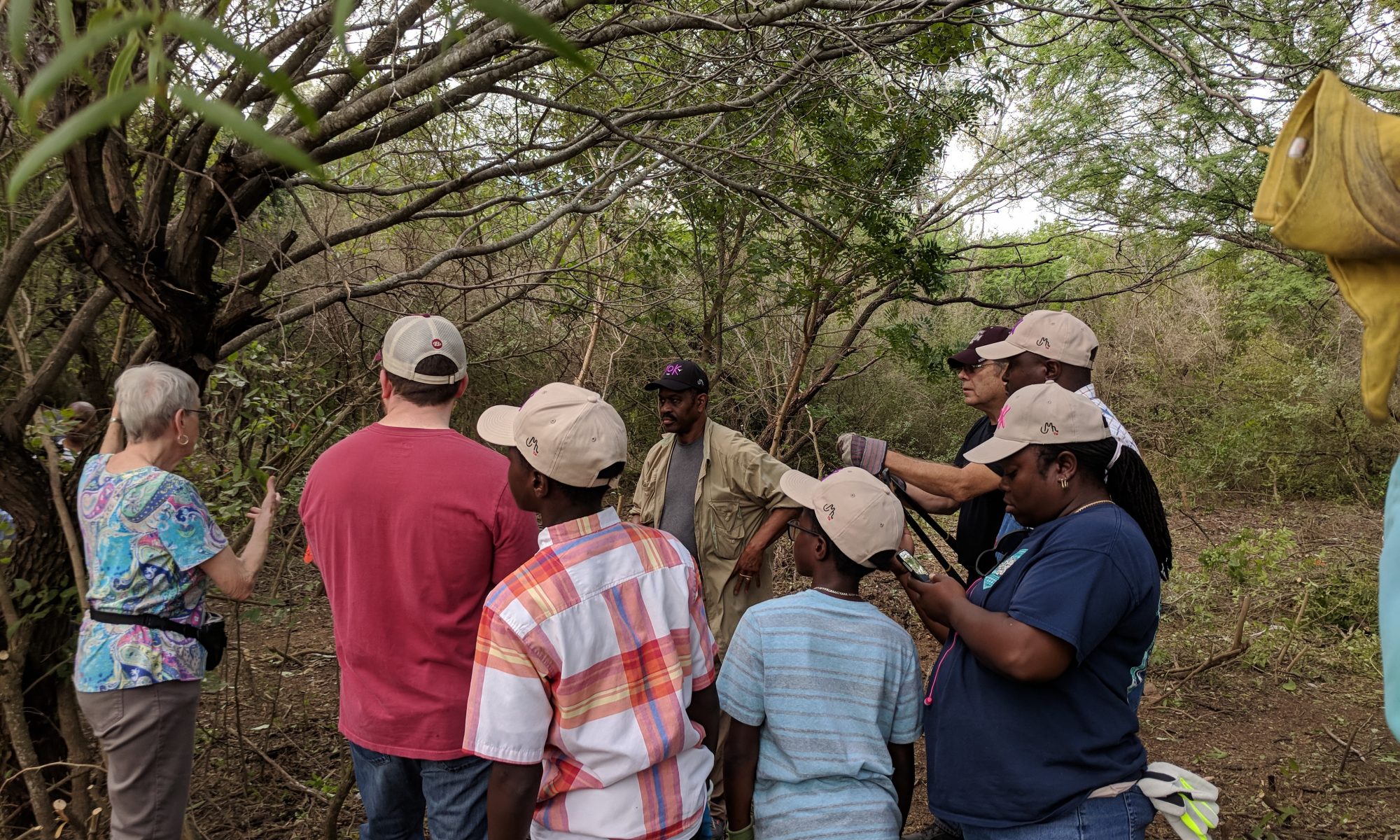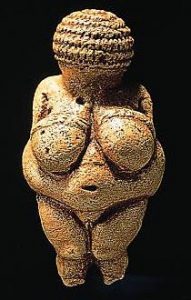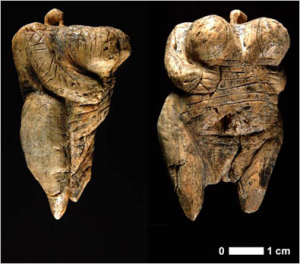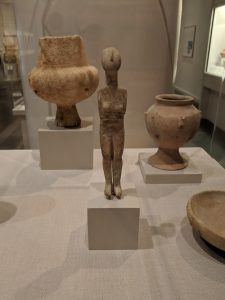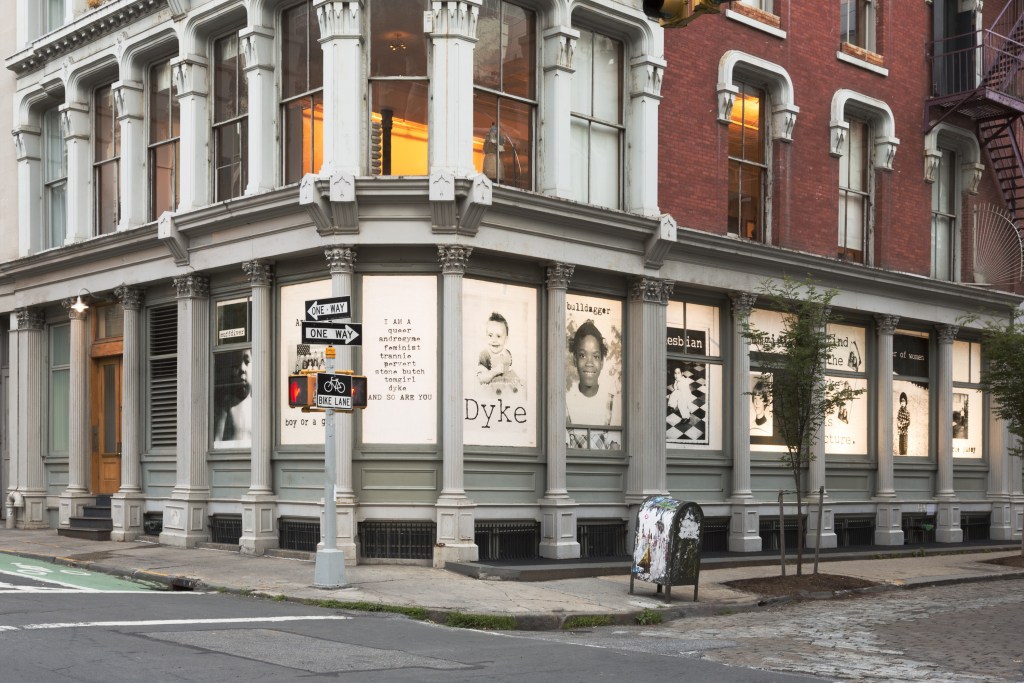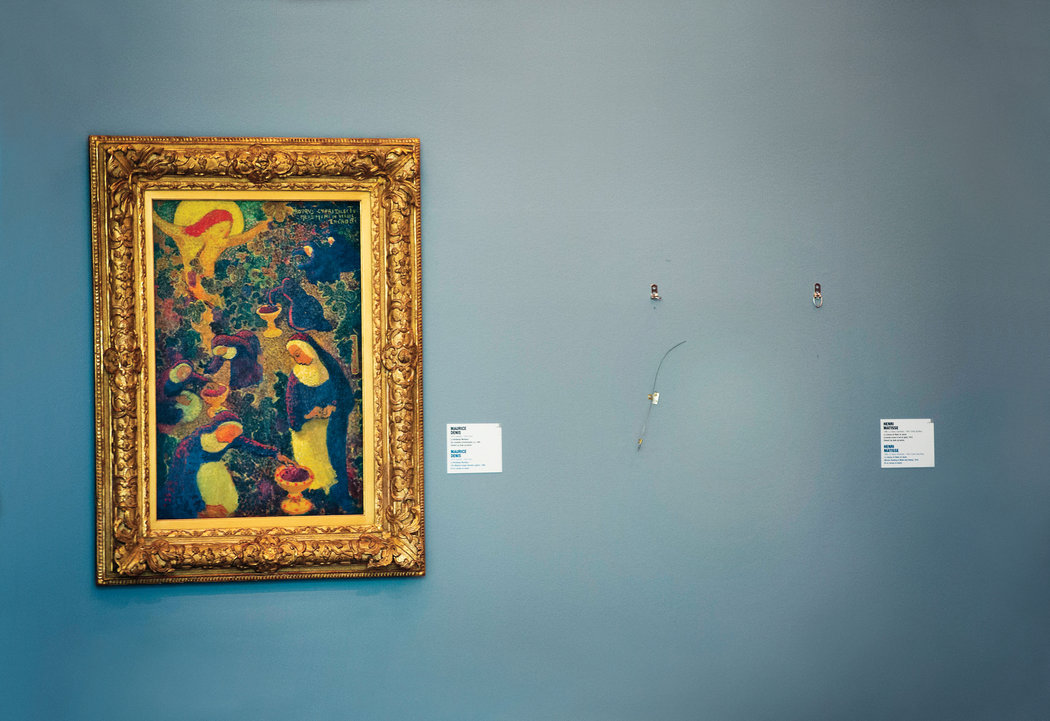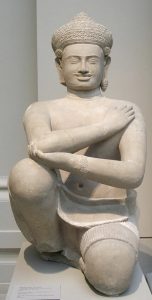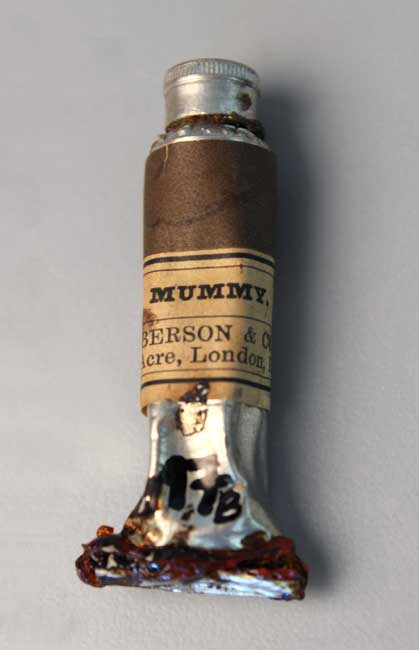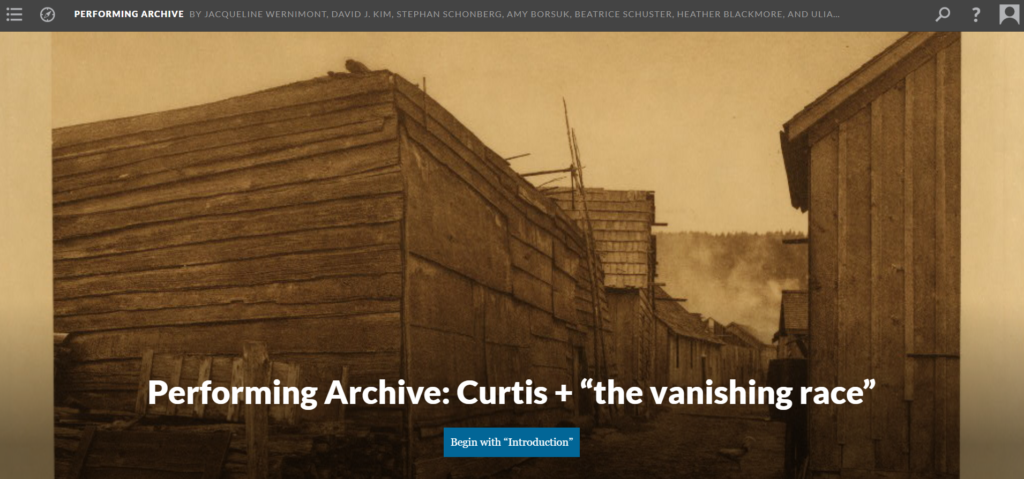
Performing Archive: Curtis + “the vanishing race”. https://scalar.usc.edu/works/performingarchive/index. Created and maintained by Claremont Center for Digital Humanities. https://scalar.usc.edu/works/performingarchive/acknowledgements. Reviewed February 2020.
The Performing Archive: Curtis + “the vanishing race” project emerged in 2018 with funding from the Andrew W. Mellon Foundation. This project serves as a digital archive for the photographic works of Edward S. Curtis, and as a virtual exhibit space for work that responds to Curtis’ exploitation of Native American tribes. This interpretive work questions concepts of permission and consent for the Native peoples in question and serves as a meta commentary on the digital humanities.
The site features over 2,500 digitized archival items from seven institutions. Users can search these items using keywords or use the site’s visualization tool to explore how items interconnect with one another. These tools are immediately accessible, but the site’s layout encourages users to read the “Introduction” page before embarking on their personalized journey. The “Introduction” page gives an overview of the project’s background and goals, then details how to use the site most effectively. While you can search at any time, there are “paths” that lead to different items and exhibits. The user is put on a pre-set path through a few exhibits, putting the most critical and contextual work first. By clicking on the links inside the exhibit texts, the user can deviate from the set path to explore new items and interpretive pieces. This method exploration allows the user to dive a bit deeper into the incredible volume of content available within this project.
This site’s content is extensive because the creators have allowed the public to contribute their research and interpretation of Curtis’ work using a review process to control what occupies their site. These interpretive pieces can be found using the visualization tool and the search bar, leading to topics from YouTube to Curtis’ conceptions of race. If a user isn’t quite ready to publish their own research, they can use the comments function to give feedback and input without investing as much time as engaging in original research. In these ways, the project welcomes all people to become a part of this project. The site also features resources for working with Native stakeholders, and plans to contact Native peoples for future work, emphasizing the need for their input and consent in projects dealing in Native history. By showing their practices clearly, the project welcomes Native users, reassuring them that while Curtis was exploitative, modern creators and historians can and should be better. This project certainly acheives these goals.
Performing Archive: Curtis + “the vanishing race” is completely transparent in their methodology, which preserves the trustworthy image of this initiative. The design and methods are incredibly strong, with the only drawback to the site being the visualization tool’s loading time, which at worst can take over a minute. The user can choose how they want to interact and contribute, which is a huge plus for engagement. This type of project has no equivalent in the physical world, making use of online tools for increased engagement and thoughtful interpretation. Performing Archive: Curtis + “the vanishing race” serves as proof of what Digital Humanities at its best is capable of.

